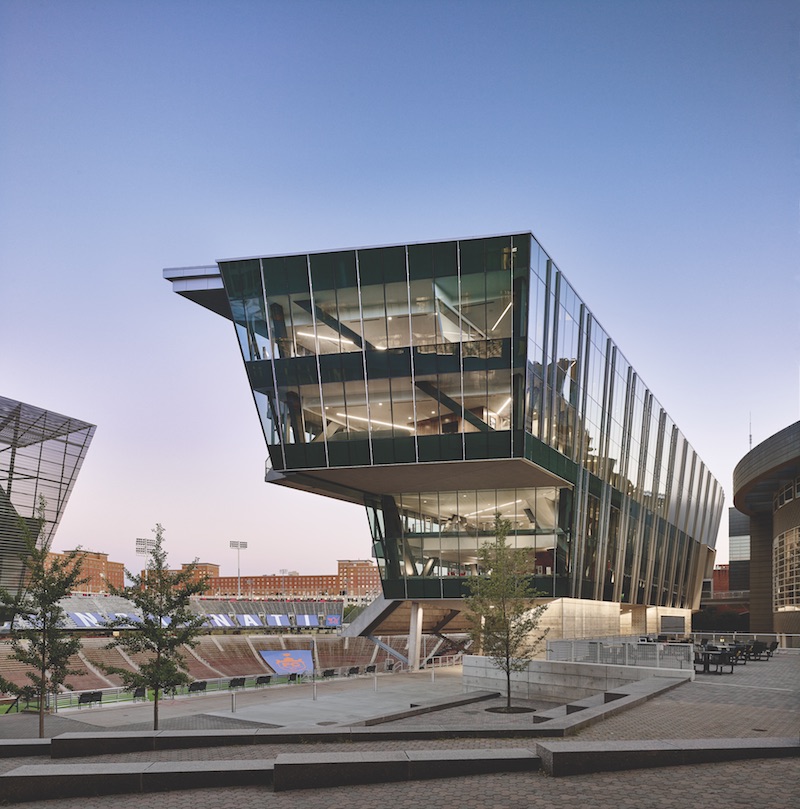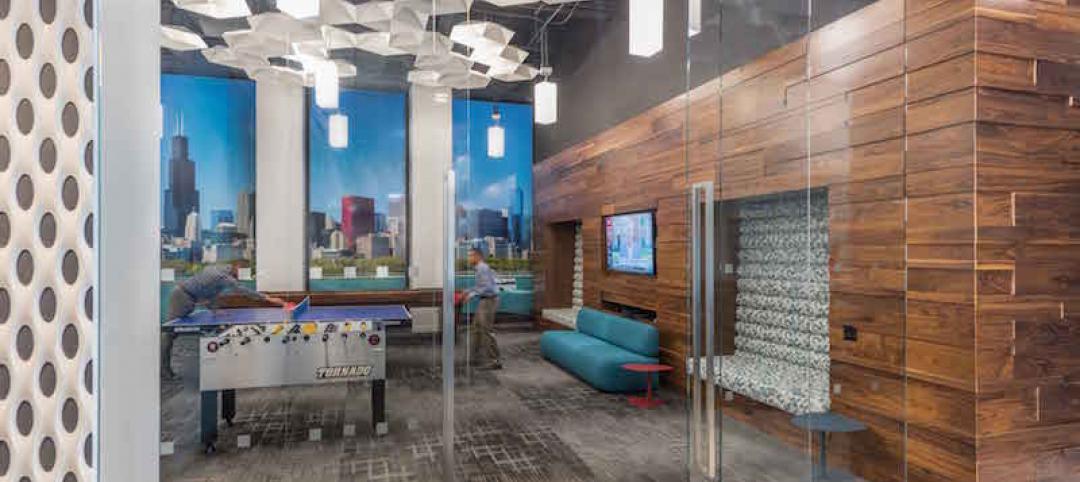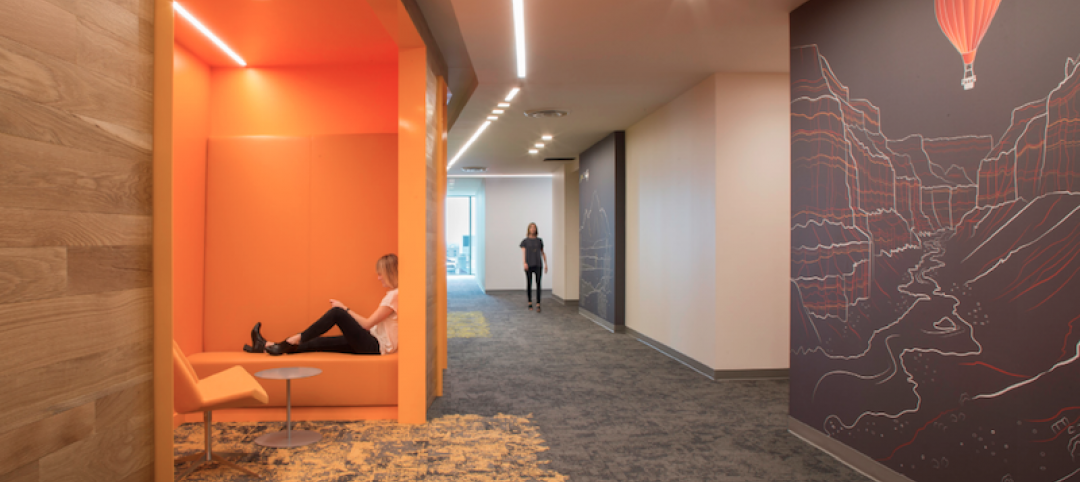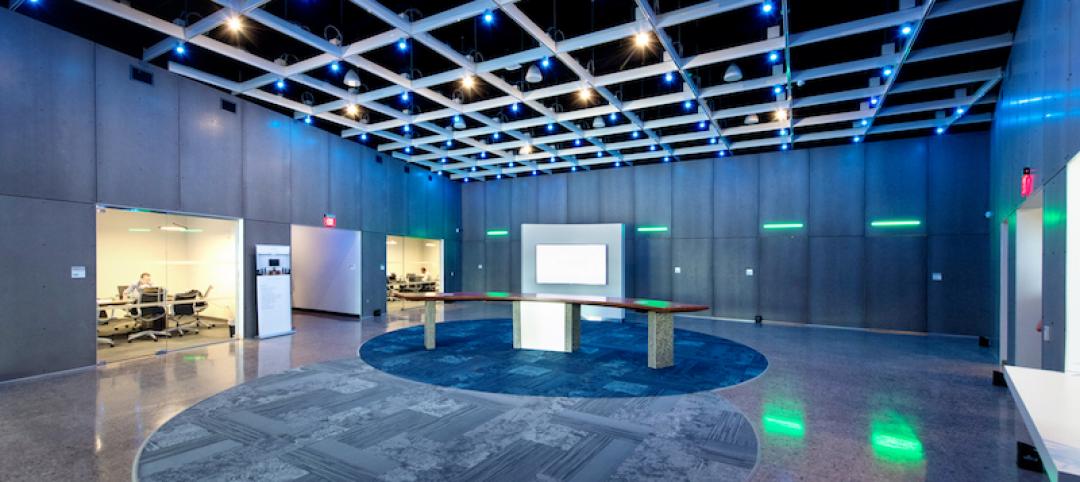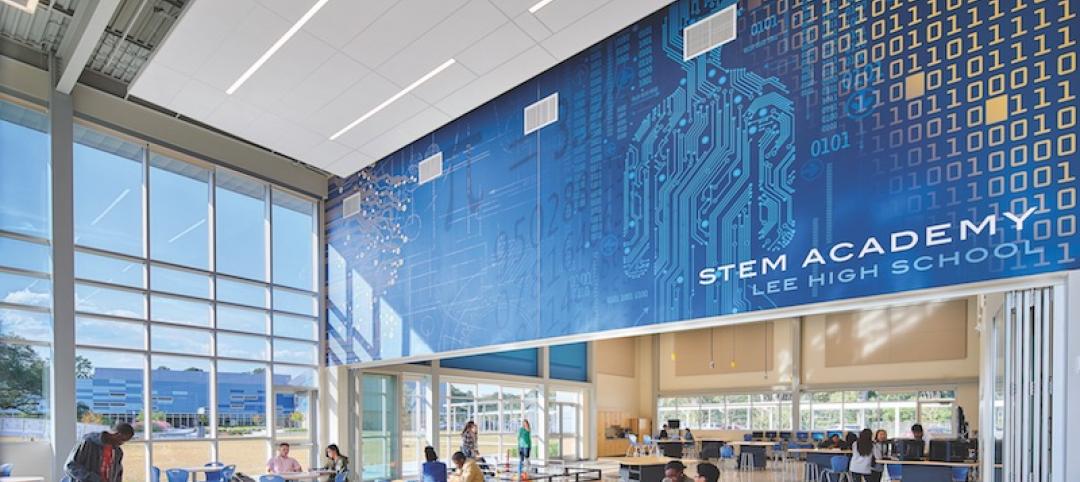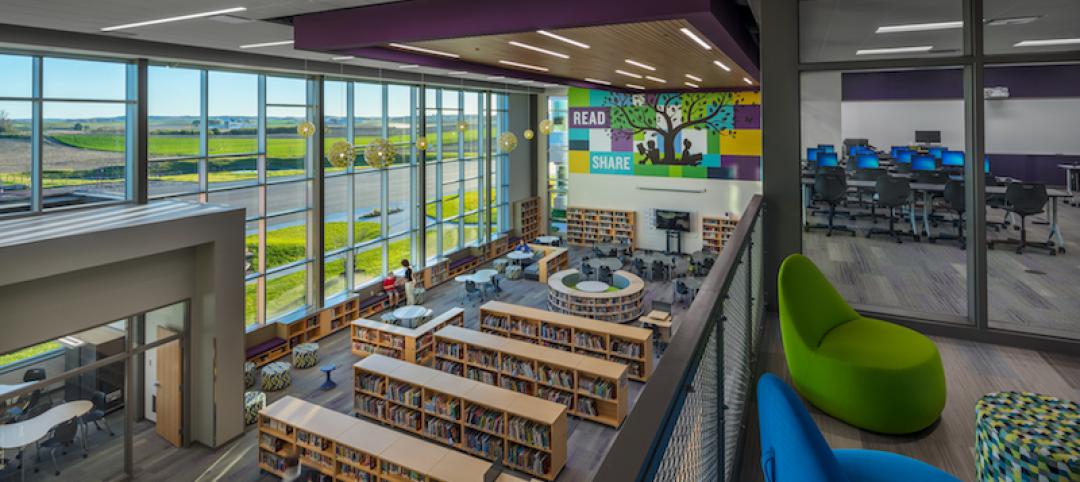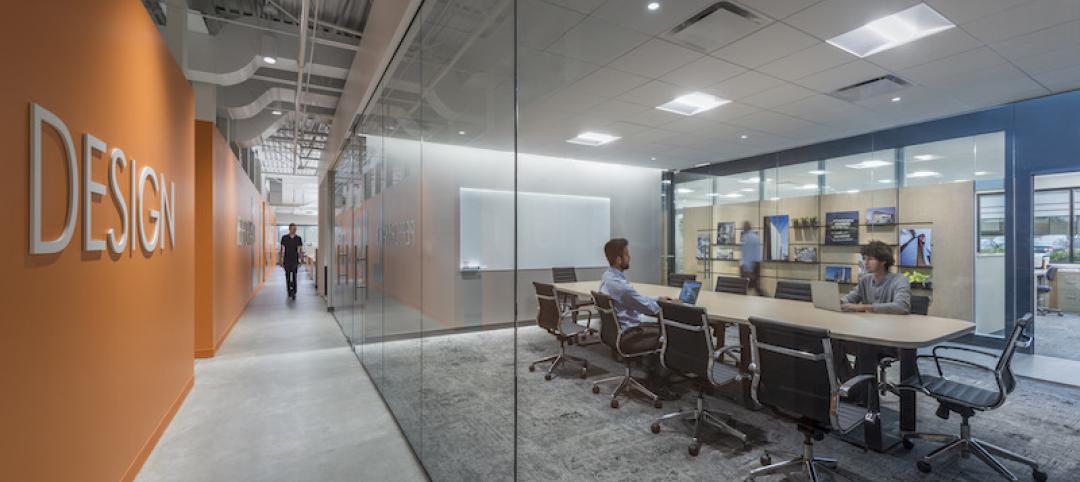New designs and major renovations of college stadiums and arenas are taking inspiration from the pros in seating arrangements and amenities.
“Our research shows that fans want a new game-day experience,” says Sherri Privitera, NCARB, LEED AP, Principal with Populous. “It’s no longer as simple as providing fans a seat, a hot dog, and a soda.”
Game attendance at some major universities has declined in recent years. Stadium renovations are a big part of the strategy to win fans back.
Luxury boxes, club seating, and a wider variety of food and drink options are musts. When Baylor University fans expressed interest in making it easier to bring children to football games, the school added a stroller check, new family-friendly restrooms with diaper-changing counters, and stools to make it easier for toddlers to access sinks, says Privitera.
Training facilities are also getting nutrition stations, meeting rooms replete with the latest technology, and cushy lounges, all aimed at providing what athletes need to reduce their need to travel around campus. “Players are there for a certain number of hours, and efficient use of their time is so important,” says Fred Ortiz, AIA, Principal and Director of East Coast Sports & Entertainment with HKS.
ALSO SEE: BD+C Giants 300 sports rankings
Top 40 sports architecture firms
Top 20 sports engineering firms
Top 50 sports construction firms
Training facilities are dedicating space to academic study and tutoring. “It’s very much like planning an office project,” says Ortiz. Features include movable partitions and seating, projection screens, flexible-height computer screens, and extensive daylighting.
All these efforts are designed to wow prospective student-athletes, Ortiz says. In most cases, the university does not subsidize these improvements, Privitera says. Instead, bonds backed by alumni donations and revenue from ticket sales and premium amenities foot the bill.
SEE ALL 2017 GIANTS 300 RANKINGS
Related Stories
Giants 400 | Oct 17, 2017
Top 60 office engineering firms
AECOM, WSP, and Thornton Tomasetti top BD+C’s ranking of the nation’s largest office sector engineering and EA firms, as reported in the 2017 Giants 300 Report.
Giants 400 | Oct 17, 2017
Top 110 office architecture firms
Gensler, Jacobs, and HOK top BD+C’s ranking of the nation’s largest office sector architecture and AE firms, as reported in the 2017 Giants 300 Report.
Giants 400 | Oct 16, 2017
Data center market forecast: Clearly cloudy
Look for mission-critical construction to double in the next few years.
Giants 400 | Oct 12, 2017
Top 30 data center engineering firms
Syska Hennessy Group, AECOM, and Morrison Hershfield top BD+C’s ranking of the nation’s largest data center sector engineering and EA firms, as reported in the 2017 Giants 300 Report.
Giants 400 | Oct 11, 2017
Top 25 data center architecture firms
Jacobs, Corgan, and Gensler top BD+C’s ranking of the nation’s largest data center sector architecture and AE firms, as reported in the 2017 Giants 300 Report.
Giants 400 | Oct 9, 2017
Job-ready learning: The newest K-12 schools nudge students toward careers
Some long-term K-12 trends—like beefing up safety and security, and designing for more natural light and outdoor learning space—are still in vogue.
Giants 400 | Oct 9, 2017
Top 80 K-12 construction firms
Gilbane Building Co., Balfour Beatty US, and Skanska USA top BD+C’s ranking of the nation’s largest K-12 sector contractors and construction management firms, as reported in the 2017 Giants 300 Report.
Giants 400 | Oct 6, 2017
Top 40 K-12 engineering firms
AECOM, IMEG/KJWW/TTG, and STV top BD+C’s ranking of the nation’s largest K-12 sector engineering and EA firms, as reported in the 2017 Giants 300 Report.
Giants 400 | Oct 6, 2017
Top 90 K-12 architecture firms
Stantec, DLR Group, and PBK top BD+C’s ranking of the nation’s largest K-12 sector architecture and AE firms, as reported in the 2017 Giants 300 Report.
Giants 400 | Oct 5, 2017
On wings of gold: Alternative financing schemes are propelling the high-flyin’ air terminals sector
The $4 billion renovation of New York City’s LaGuardia Airport is the first major U.S. aviation project delivered using a public-private partnership (P3) model.


